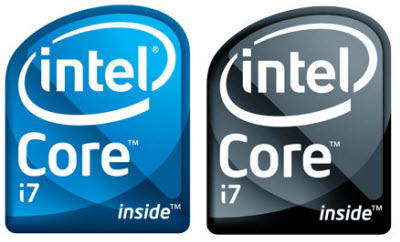Nehalem - Not built for gaming

Interesting analysis of the Core i7 "Nehalem" processor over on AnandTech:
IDF has started and the first benchmarks of Nehalem are going to start popping up. It is without a doubt an impressive architecture with a much better platform to run on, but this CPU is not about giving you better frames per second in your favorite game than the Penryn family. Let me make that more clear: even when the GPU is not the bottleneck, it is likely that most games will not be significantly faster than on Penryn. We, the people behind it.anandtech.com will probably have the most fun with it, more than your favorite review crew at Anandtech.com :-). And no, I have not seen any tests before I type this. Nehalem is about improving HPC, Database, and virtualization performance, and much less about gaming performance. Maybe this will change once games get some heavy physics threads, but not right away.
Why? Most Games are about fast caches and super integer performance. After all, most of the Floating point action is already happening on the GPU. The Core 2 CPUs were a huge step forward in integer performance (not the least because of memory disambiguation) compared to the CPUs of that time (P4 and K8). Nehalem is only a small step forward in integer performance, and the gains due to slightly increased integer performance are mostly negated by the new cache system. In a previous post I told you that most games really like the huge L2 of the Core family. With Nehalem they are getting a 32KB L1 with a 4 cycle latency, next a very small (compared to the older Intel CPUs) 256KB L2 cache with 12 cycle latency, and after that a pretty slow 40 cycle 8MB L3. When running on Penryn, they used to get a 3 cycle L1 and a 14 cycle 6144KB L2. The Penryn L2 is 24 times larger than on Nehalem!
So is Intel bringing out a quad-core for the IT and HPC crowd? Well, in a way I think the company needs to. While quad-core processors aren't a fringe product any more, the problem is that we're living in an era where dual-core is good enough and most software doesn't deliver when it comes to scaling on a quad arrangement. At the moment no one buys a quad-core to make Microsoft Word run faster. Even gaming, an area that could well benefit from a couple of extra cores, hasn't been revolutionized by quad-core CPUs.

My take on this is that over the next few years we're going to see more and more software be optimized for 4 and more cores. Games, I think, are going to need to be built from the ground up to do this (or at least the underlying engines are). This is going to take time, and before game studios put in the effort they're going to want to see more quad core parts in the hands of gamers of all levels (casual gamers as well as the hardcore enthusiasts).
However, in the short term at any rate, if i7 does end up disappointing gamers this may well leave a gap in the market that AMD could take advantage of. Rather than concentrating on just the CPU, AMD is doing a pretty good job of marketing platforms and here AMD could gain an edge on Intel, especially if it can squeeze more frames per second out of games through streamlining the whole platform.
Thoughts?